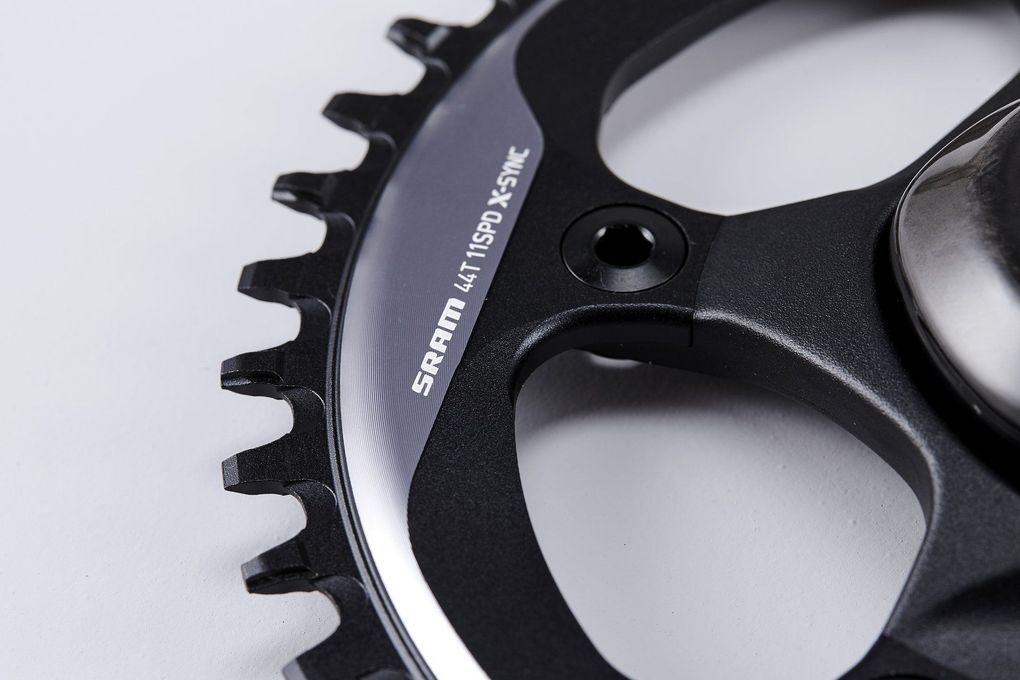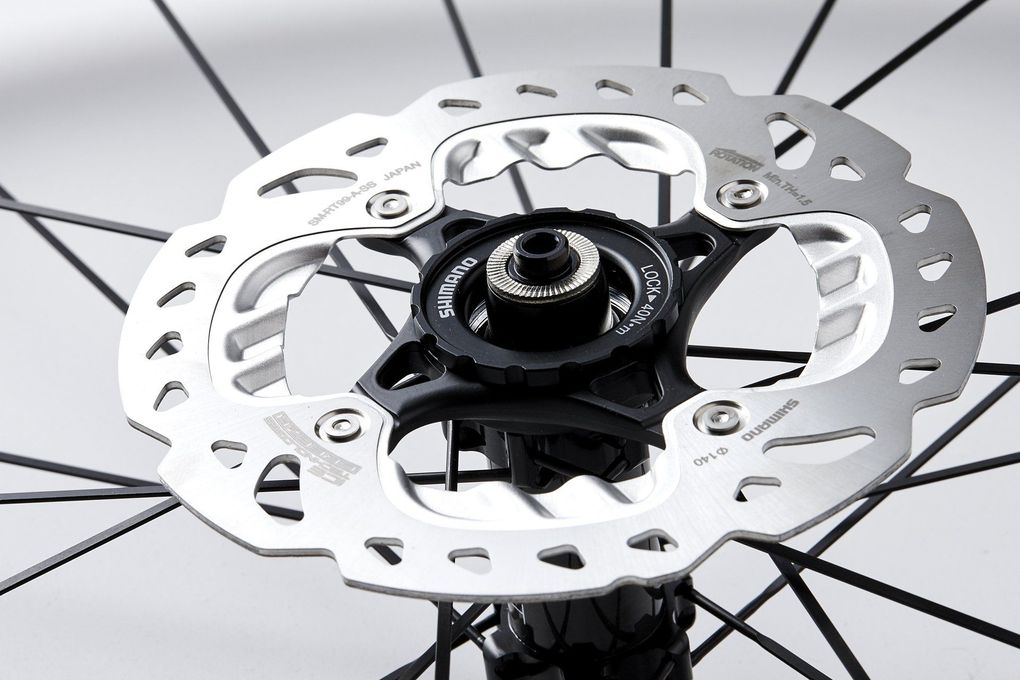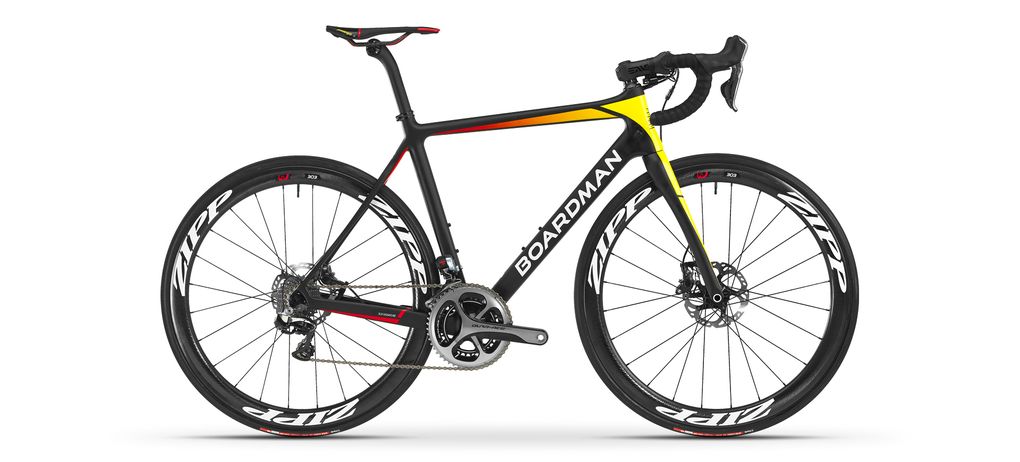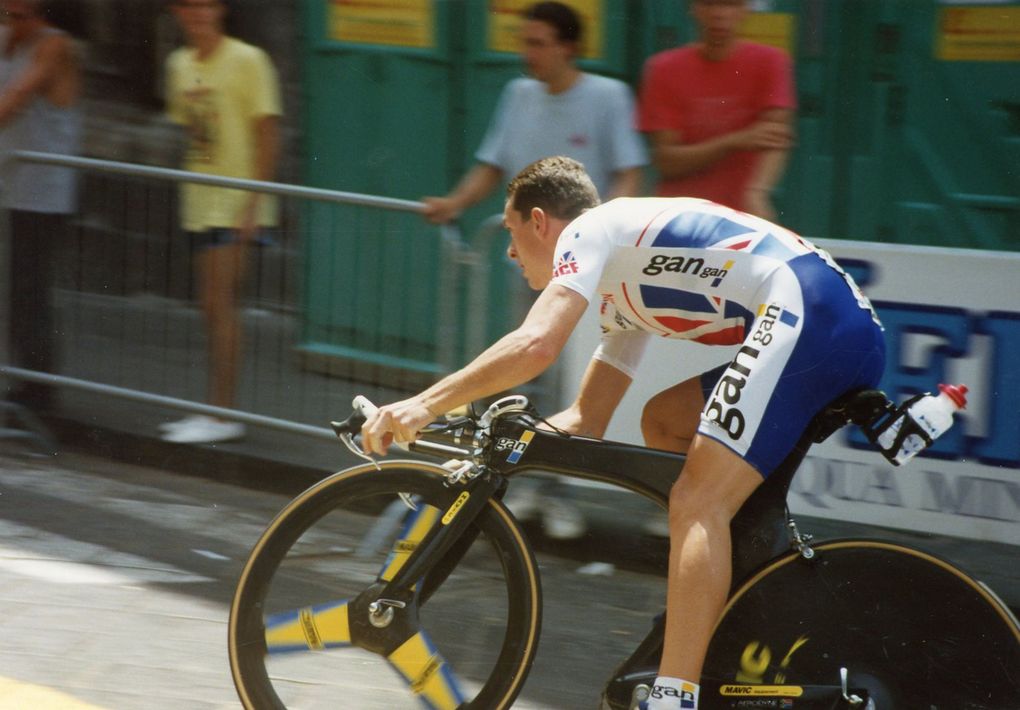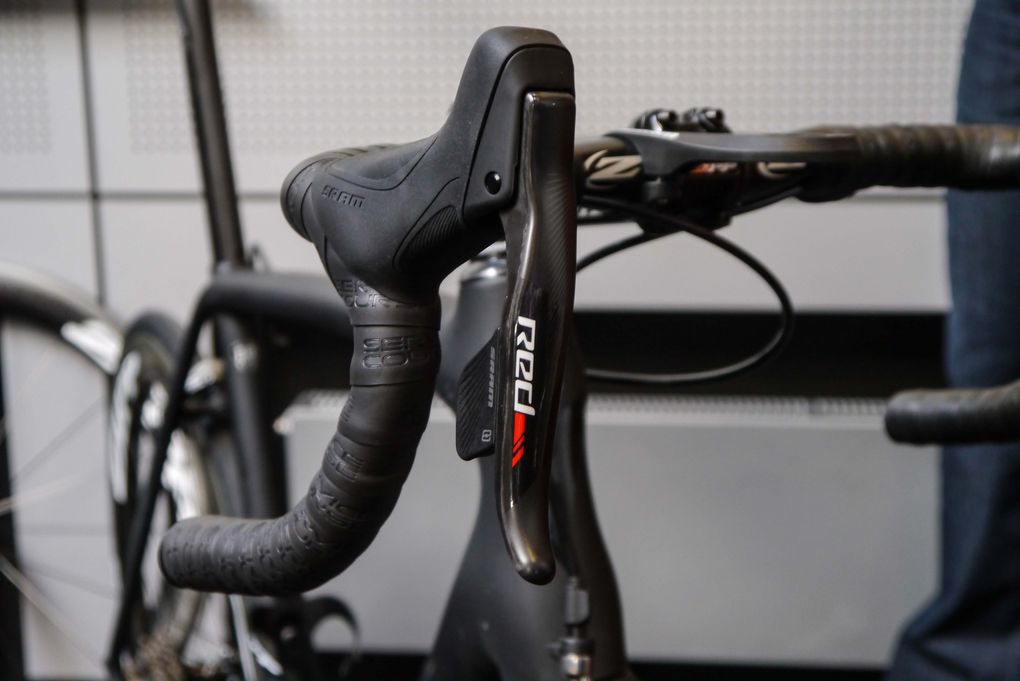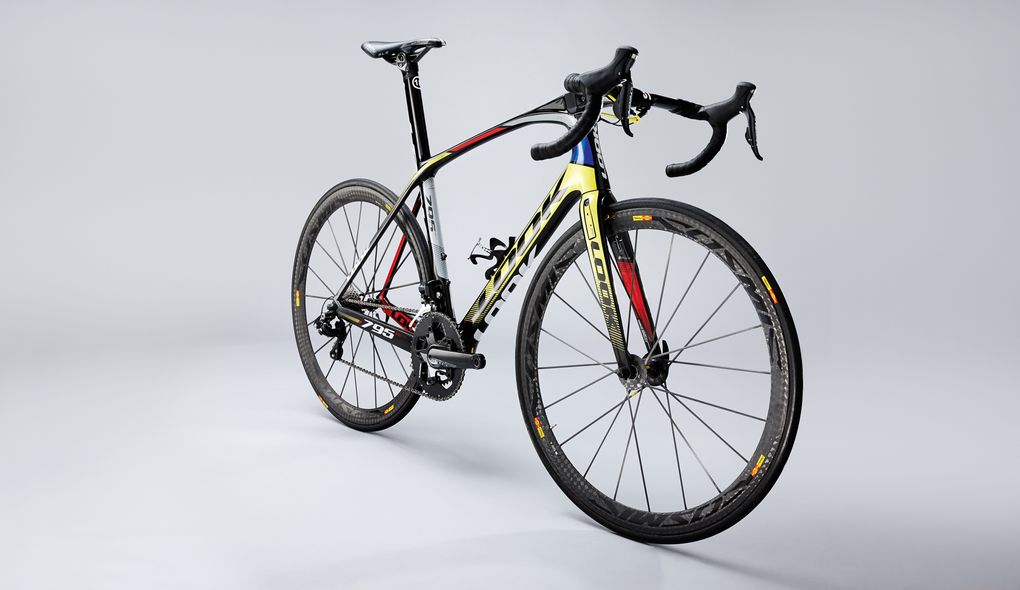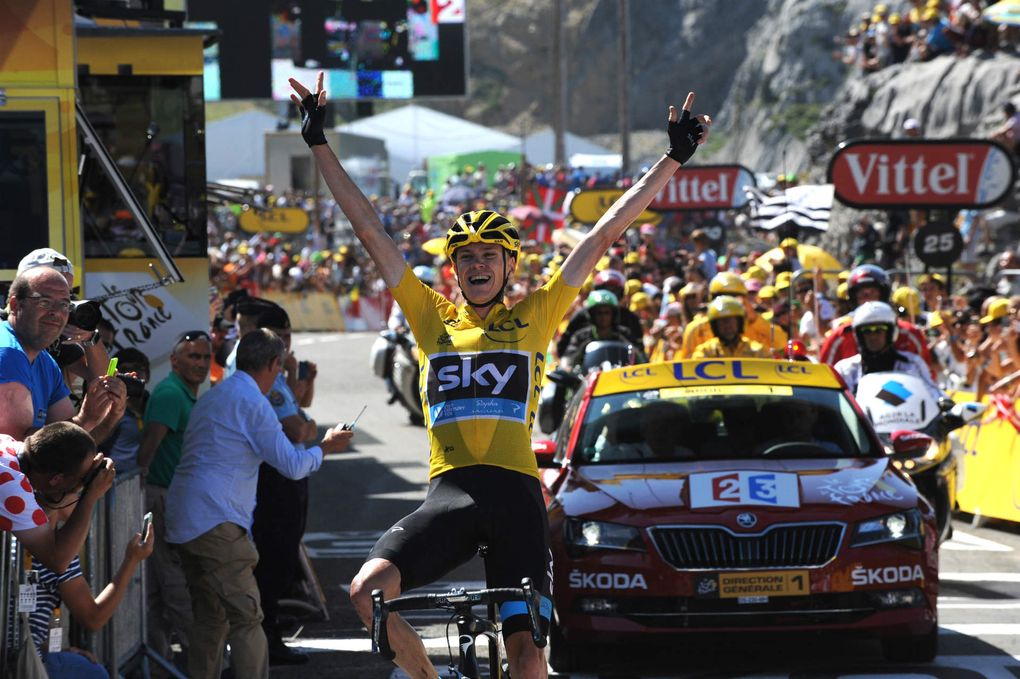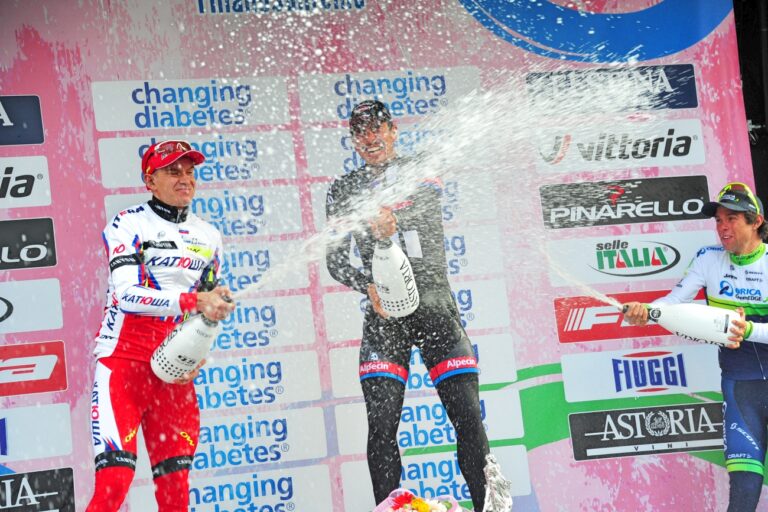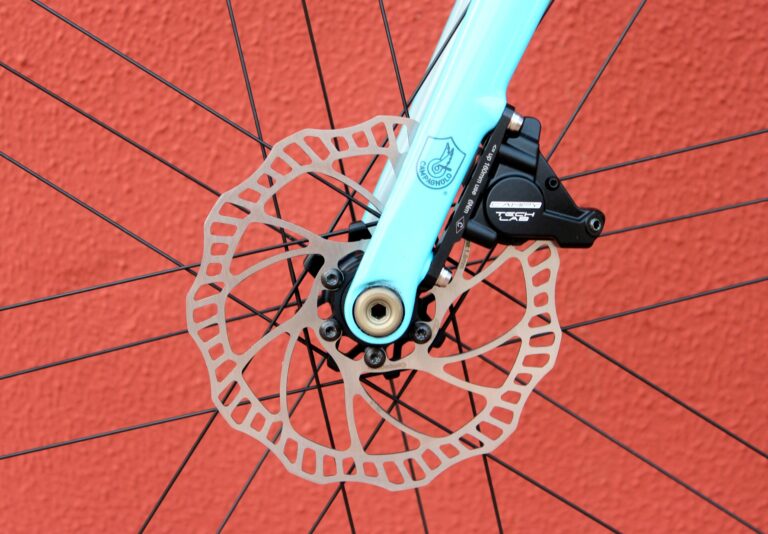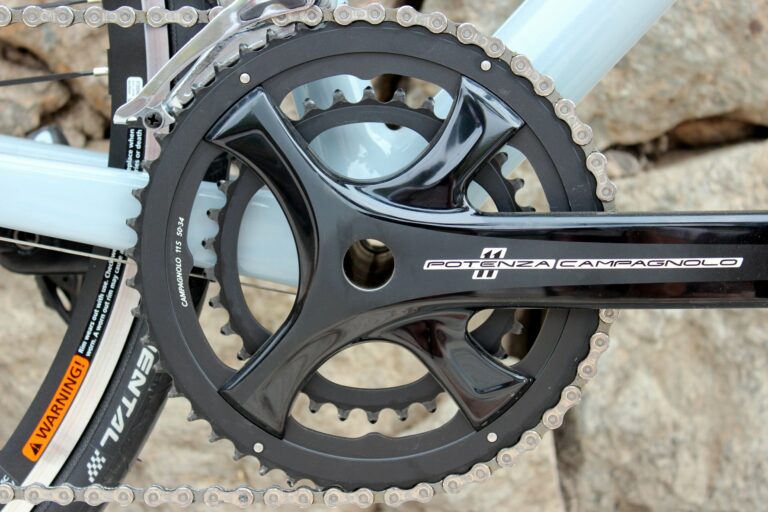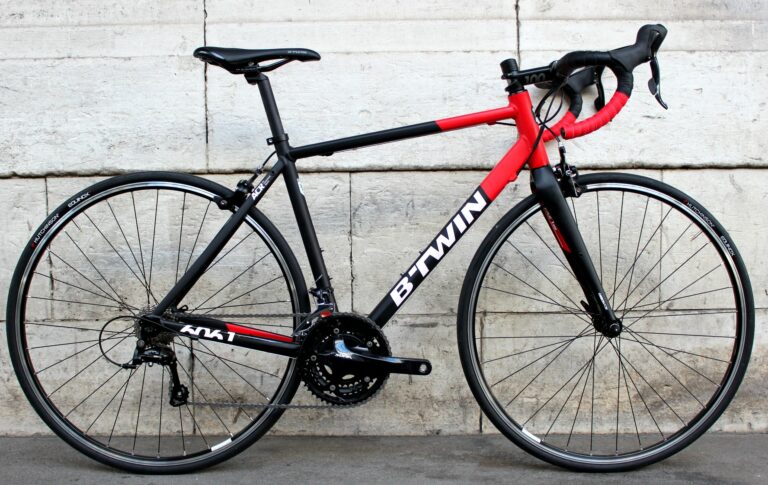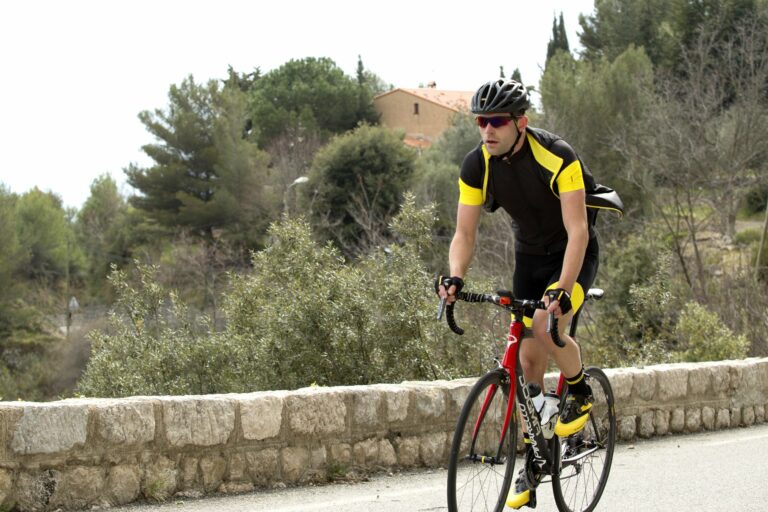Chris Boardman is man who has his finger on the tech trend pulse.
As a rider, Boardman was nicknamed the Professor thanks to his fascination with bike tech and scrupulous attention to detail.
As a rider, Boardman wasn’t afraid of breaking the mould, riding the revolutionary Lotus 108 to gold at the 1992 Olympic Games in Barcelona, riding in the now-outlawed hyper-aero ‘Superman’ position to set the hour record, and using Mavic’s Zap electronic shifting system to win the opening prologue of the 1997 Tour de France.
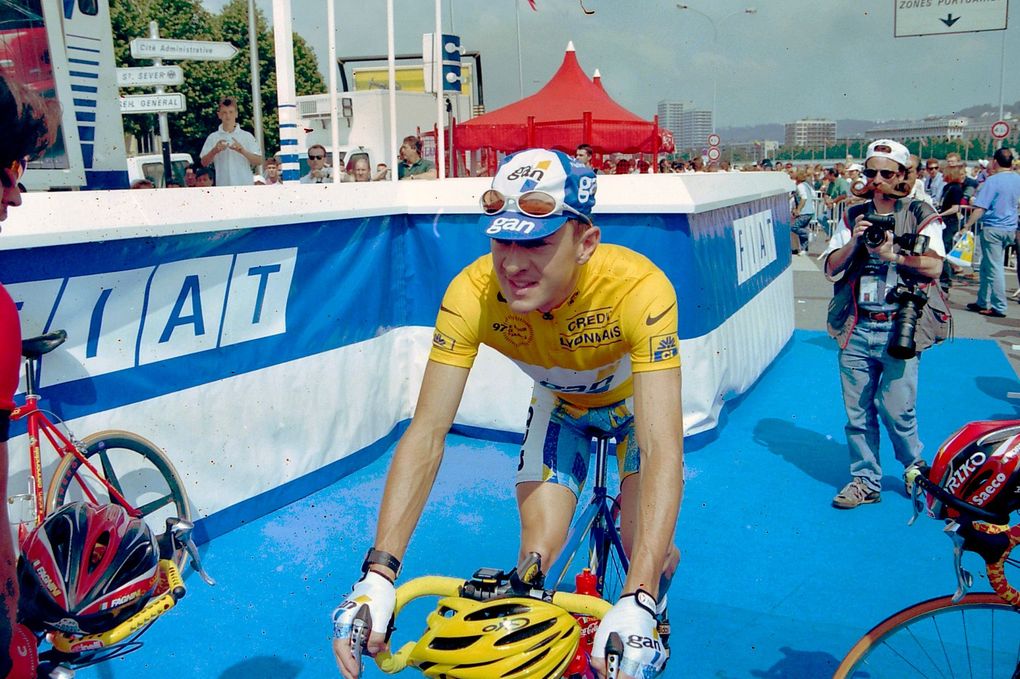
Following retirement, the 47-year-old was a key member of British Cycling’s ‘Secret Squirrel Club’, development space-age tech for the likes of Sir Chris Hoy and Sir Bradley Wiggins.
Boardman stepped back from that role to focus on his eponymous bike brand. The three-time Tour de France stage winner isn’t just a name on the downtube, but has a day-to-day hand in the design and development of the Boardman range.
We caught up with Boardman at the launch of the new Boardman Bikes Performance range to get his take on the tech developments set to dominate 2016 and beyond.

